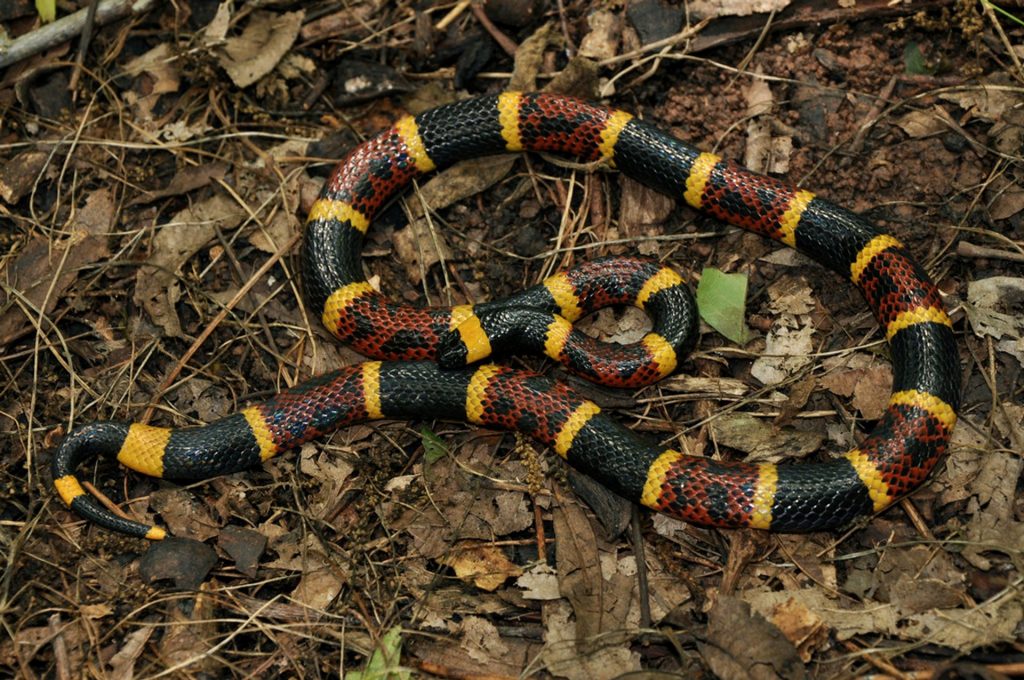Are you a Texan who is curious about when snake season begins in your state? Texas is home to many species of snakes, and it is important to know when to be on the lookout for them. This article will help you uncover the mystery of when snake season in Texas begins and how to stay safe. You will learn about the different types of snakes you may encounter and the best ways to avoid them. Get ready to find out when snake season in Texas starts and how you can protect yourself!
Types of Snakes in Texas
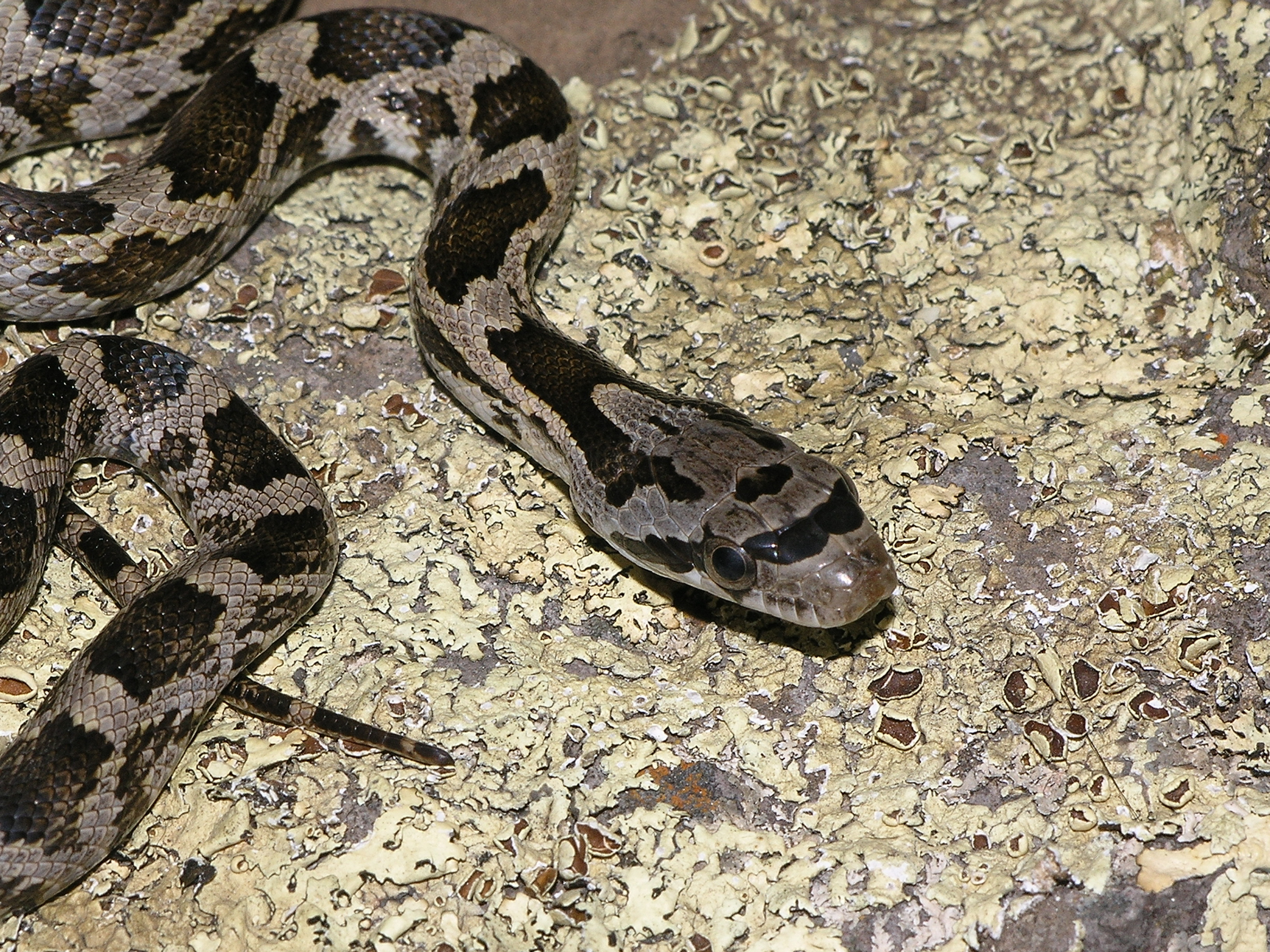
Texas is home to a variety of snakes, ranging from harmless to venomous species. The most common snakes found in Texas include the Texas rat snake, Texas coral snake, Texas blind snake, Texas longnose snake, Texas garter snake, Texas brown snake, Texas coachwhip, Texas lyre snake, Texas hognose snake, Western cottonmouth, Western diamondback rattlesnake, Timber rattlesnake, Western massasauga, and Texas coral snake.
| Snake | Venomous? |
|---|---|
| Texas rat snake | No |
| Texas coral snake | Yes |
| Texas blind snake | No |
| Texas longnose snake | No |
| Texas garter snake | No |
| Texas brown snake | No |
| Texas coachwhip | No |
| Texas lyre snake | No |
| Texas hognose snake | No |
| Western cottonmouth | Yes |
| Western diamondback rattlesnake | Yes |
| Timber rattlesnake | Yes |
| Western massasauga | Yes |
| Texas coral snake | Yes |
When Do Snakes Hibernate in Texas?

Snakes in Texas hibernate during the cold winter months, usually from October to March. They will seek out either a den or a warm place to hibernate in, such as a crevice in a rock, a burrow, a tree, a log, or even a mammal burrow. Snakes prefer to hibernate in groups and will often be found together in the same burrow. The temperatures will need to drop to at least 40°F for a minimum of two weeks for a snake to truly go into hibernation. When the temperatures rise in the spring, snakes will emerge from their winter sleep.
When Are Snakes Most Active in Texas?
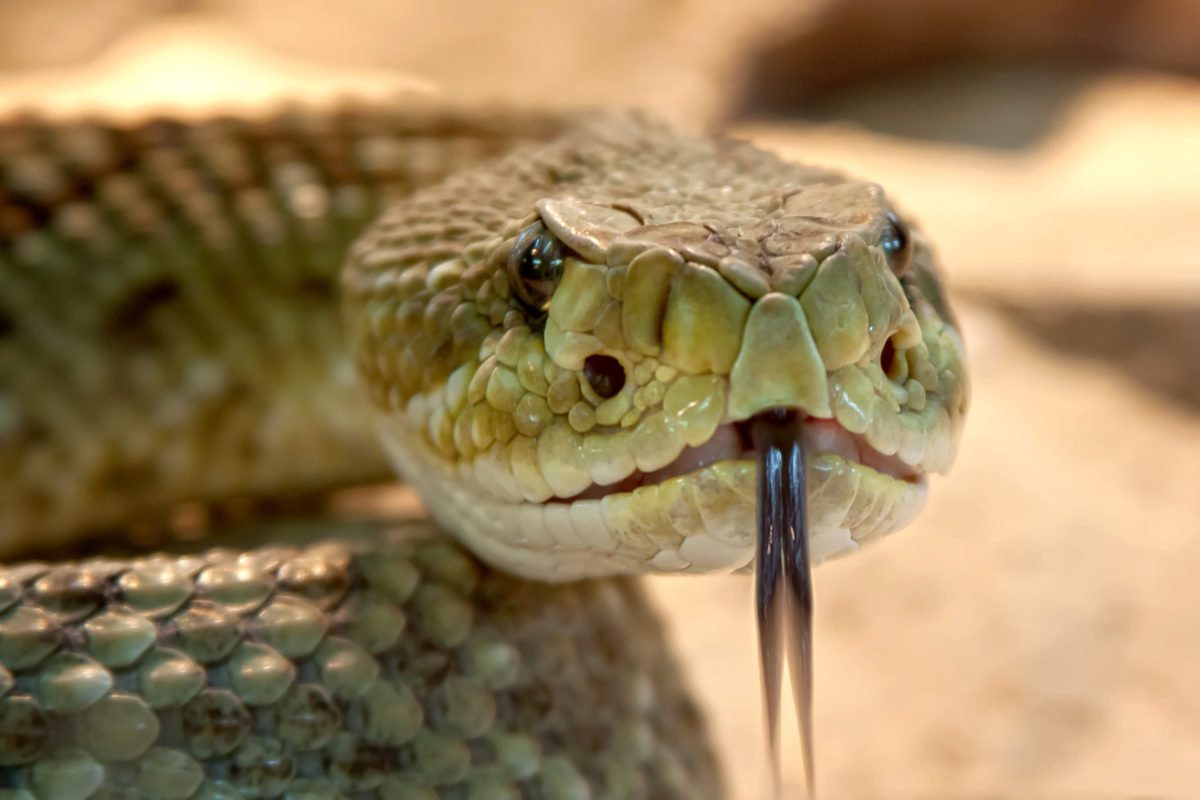
- Snakes in Texas are most active from April to October.
- The warm temperatures and plentiful food and water supply make this the best time for snakes to roam and hunt.
- The period from March to May is the most active for snakes, as this is when they come out of hibernation and begin to mate and search for food.
- Snakes will remain active during the hot summer months of June, July, and August, but may be less active due to the heat.
- September and October may see a resurgence of activity as snakes prepare to hibernate again.
When Do Snakes Come Out in Texas?
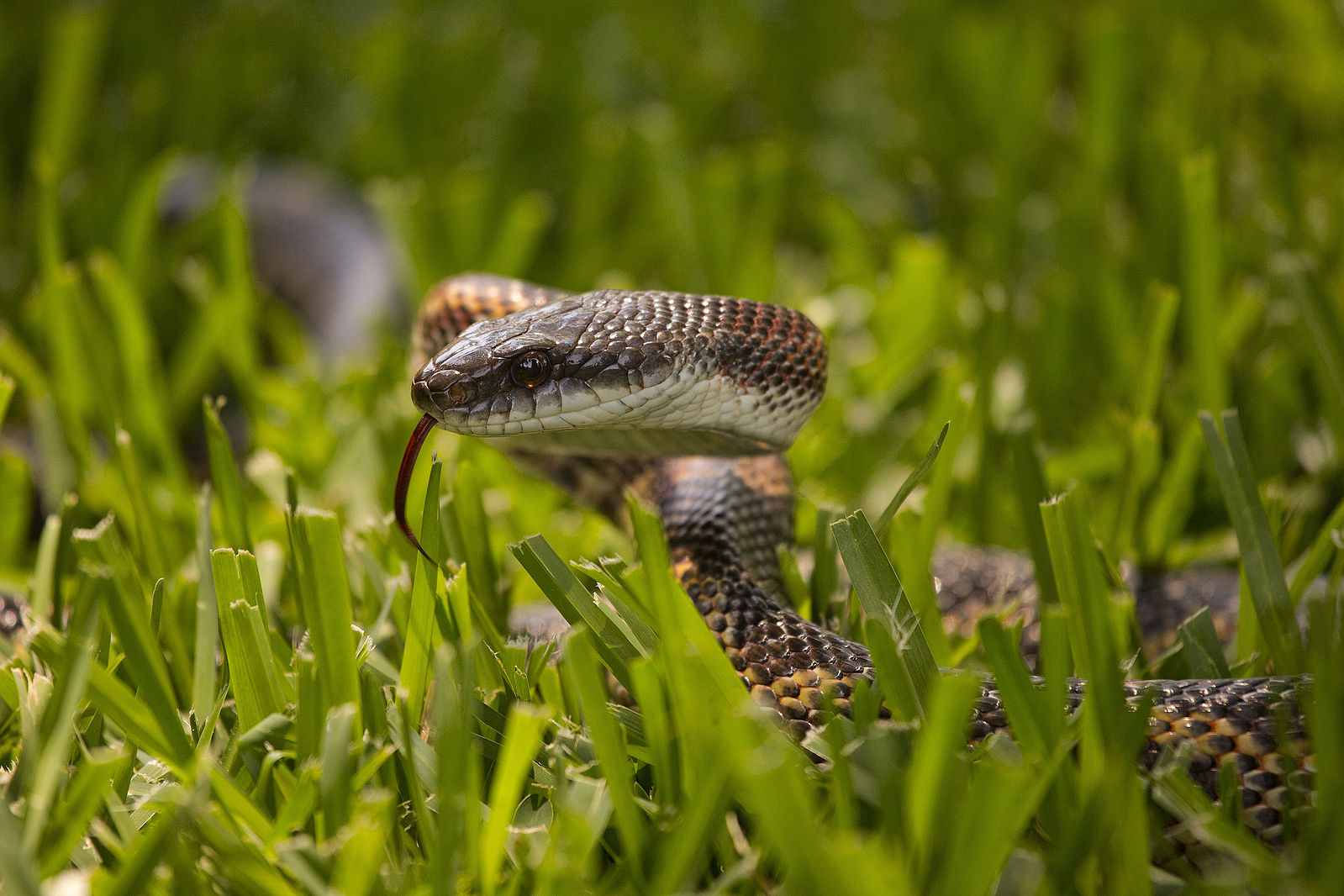
- Snakes in Texas come out of their hibernation dens when the weather starts to warm up in March.
- As temperatures rise in the spring and summer months, snakes become increasingly active and can be seen basking in the sun during the day.
- Young snakes are more active during the warmer months than adults, as they need more energy to grow and develop.
- During the summer months, snakes are seen more often and in larger numbers as they search for food, mates, and places to hide from predators.
- As the weather begins to cool off in the fall months, snakes become less active and will return to their dens for the winter months.
Snake Safety Tips
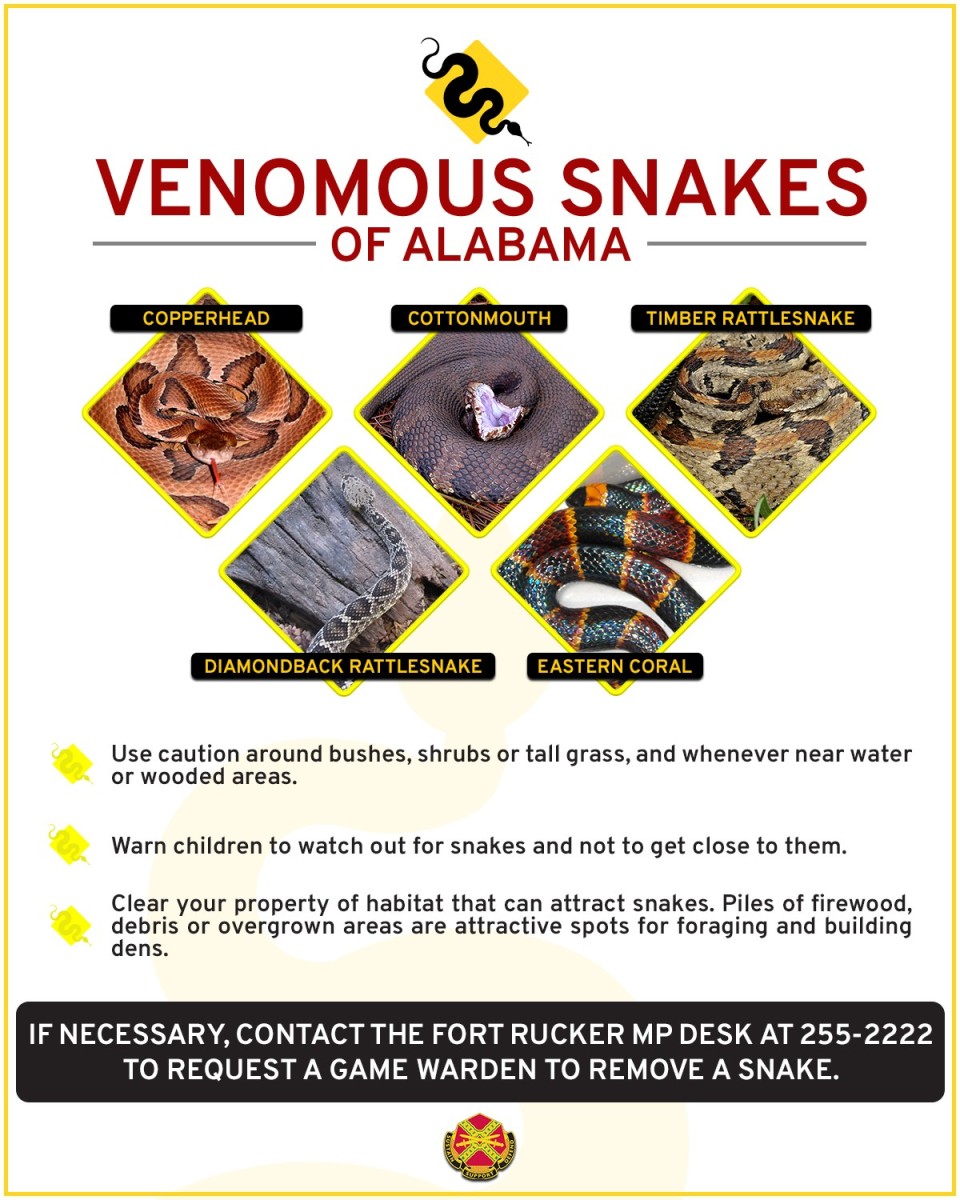
| Tip | Description |
|---|---|
| 1. Be Aware | Be aware of your surroundings and stay alert when outdoors. Look for any signs of snakes in the area, like shed skin and tracks. |
| 2. Wear Protective Clothing | Wear boots, long pants, and gloves when outdoors. This will protect you from bites and can minimize the severity of them. |
| 3. Avoid Handling Snakes | If you see a snake, do not handle it. Snakes can be dangerous and an attempt to catch one could result in injury. |
| 4. Educate Yourself | Learn to recognize venomous and non-venomous snakes in Texas. This will help you identify a snake in the wild and know how to react. |
| 5. Seek Professional Assistance | If you see a snake in your home or yard, contact a professional snake removal service. They can safely remove the snake and advise you on any follow-up steps. |
Common Misconceptions About Snakes in Texas
- Snakes are always dangerous and venomous: While the majority of snake species in Texas are venomous, only a few are potentially dangerous to humans. Most snakes will flee when encountered and would rather avoid human interaction.
- Snakes live only in remote, rural areas: Snakes can be found in many different habitats, including urban and suburban areas.
- Snakes are active only in the summer: Snakes may be active all year round depending on the weather and temperature.
- Snakes have to be killed: Snakes can be relocated if they are causing a nuisance.
- Snakes can be handled with bare hands: Handling snakes with bare hands is dangerous and should not be done.
Snake Conservation in Texas
Texas is home to numerous species of snakes, though it’s important to remember that not all of them are venomous. Texas Parks and Wildlife Department (TPWD) has a variety of conservation and management efforts in place to ensure the health of the state’s snake populations. TPWD monitors snake populations through surveys and research. They also manage the land to ensure that snakes have access to the resources they need, such as food and shelter. Additionally, TPWD has regulations in place to help protect snakes from being overhunted or from being killed by people. For example, it is illegal to kill any native species of snake in Texas, and certain species are listed as threatened or endangered. TPWD also provides educational materials and resources to help the public understand snakes and their importance to the environment.
Frequently Asked Questions
What is the Snake Season in Texas?
In Texas, snake season typically begins in the Spring and extends through the Fall. During this time, venomous snakes, such as rattlesnakes, copperheads, and cottonmouths, become more active as the warmer weather allows them to move more freely. Snakes can be found in many areas, from wooded areas, rocky hillsides, and in urban and suburban areas. People should remain vigilant and be aware of their surroundings to avoid snake encounters.
When do Snakes Hibernate in Texas?
Snakes in Texas hibernate from October to April, seeking shelter in rodent burrows, logs, and cracks in rocks, and often congregating in large numbers for warmth. During this period, they are inactive and rarely seen. While some snakes may be active during warm days in the winter, most hibernate until the weather warms up in the spring.
When are Snakes Most Active in Texas?
Snakes in Texas are most active from April to October. During these months, temperatures are warm enough for the snakes to become active and hunt for food. They are most active during dawn and dusk, when the climate is not too hot nor too cold.
When do snakes come out in Texas?
Snakes in Texas typically come out of hibernation in March when the temperature begins to rise. They become more active in April and May when the weather is warmer, and remain active until late October. During the summer months, snakes can be found basking in the sun throughout Texas. During the winter months, snakes typically hibernate in underground burrows and rock crevices.
What time of year can snakes be seen in Texas?
Snakes are active in Texas from late March through early October. In the warmer months, snakes can be seen outdoors during the day and at night. During the cooler months, snakes tend to be more active during the day and less active at night.
Conclusion
Snake season in Texas typically lasts from April to October, though the exact dates can vary depending on the region. During this time, snakes are more active and may be encountered. It is important to exercise caution when in snake habitats and to be aware of the signs to watch out for in order to avoid a snake encounter. Knowing the signs of snake presence and when they are most active can help keep both people and snakes safe.
